Let me tell you the story of loopholes in Scotch whisky regulation which allows marketing and reality to diverge to jaw dropping proportions. Once you hear this story the lessons cannot be unlearned or forgotten and you will never look at a bottle of whisky the same again.
Are you on the edge of your seat yet?
Then we will begin.
There are a range of single malt bottles available on the shelves these days. Some you have heard of and some you have not. If you have heard of them its probably because for decades their owners have been spending millions on coordinated advertising campaigns. Perhaps they regularly revitalise their packaging or use celebrity endorsements which make little sense (Michael Owen and SPEY) but what about the ones you haven’t heard of before.
Those could be any of the new distilleries which have sprouted in the last ten years or they could be an older traditional distillery which has branched out into its own single malt line. It could though be completely invented.
These are Haagen Dazs whiskies where the name and imagery are all they have in terms of provenance. Haagen Dazs, for some background, was a brand invented in New York in the 1970’s with the name selected purely for sounding Danish and therefore concurring up associations and assumptions in the consumers mind. Brands like Port Askaig (Islay sounding) and Glen ***** (Speyside sounding) are doing exactly the same thing.
All of this is perfectly legal under the rules of Scotch whisky production. There is no requirement that the single malt brand and the name of the distillery which produces the actual whisky have to have the same name. Indeed, Knockdhu distillery use the brand name AncNoc to distinguish itself from Knockando and while they were changing the name they decided on something sounding younger and hip into the bargain.
What is not allowed though is for a distillery (Eden Mill) to start whisky production and a single malt brand on the same day. You cannot market someone else’s whiskies as your own if that name is also the name of your distillery. Especially if the intention is to continue that brand after your own whisky comes of age. This is standard practice in Ireland for example but definitely not under SWA rules. Obviously, this is a good thing and most commentators would agree this practice in Ireland can only harm consumer trust.
However, Scotch whisky has one little secret which will harm consumer trust all of its own. Those special little themed single malt brands have no rules surrounding how they reconcile their marketing story to the actual whisky used. If you call yourself “The Islay Boys” do you have to use Islay whiskies only? or if you sell the idea of the rolling glorious highlands do you have to only use whisky from the Highland region? The answer is no and that isn’t even the worst part!
Take for example Port Askaig the brand invented and owned by The Whisky Exchange. This brand has grown into a collection of age stated bottles from 8 years to 40 years old and do you know how many supplier distilleries are in this single malt brand?
Five
This means that if you enjoy say their 8 year old and decide their 15 year old looks interesting you won’t be, as you might expect, be trying the same spirit aged longer in barrels somewhere in Scotland. You are more than likely trying spirit from a completely different distillery altogether aged possibly in a different part of the country. Indeed, if you buy two bottles of that 8 year old a couple of years apart they also might be from completely different suppliers.
The market is moving towards rewarding increasing transparency and provenance with the whisky we buy. I believe its all to easy for a consumer to look at something called Port Askaig or Kenmore and assume that is a consistent product produced in the same distillery year in, year out. These products cash in on pretending to be transparent on age, colouring, filtering but not on location of production. They tell us a good story of where they wish the product was made and the ideals of provenance without actually having any of their own.
I believe some of the rules which Scotch whisky is produced under are silly. I really do think extending the range of wood used to mature whisky should be expanded and allow for whole new flavours to come onto the market. In fact in order to compete against the influx of world whiskies this must come eventually. However, when it comes to invented single malt brands we must enforce a single brand to come from a single source even if that source is unnamed. Otherwise to call it a single malt which accurate is, to my mind, misleading.
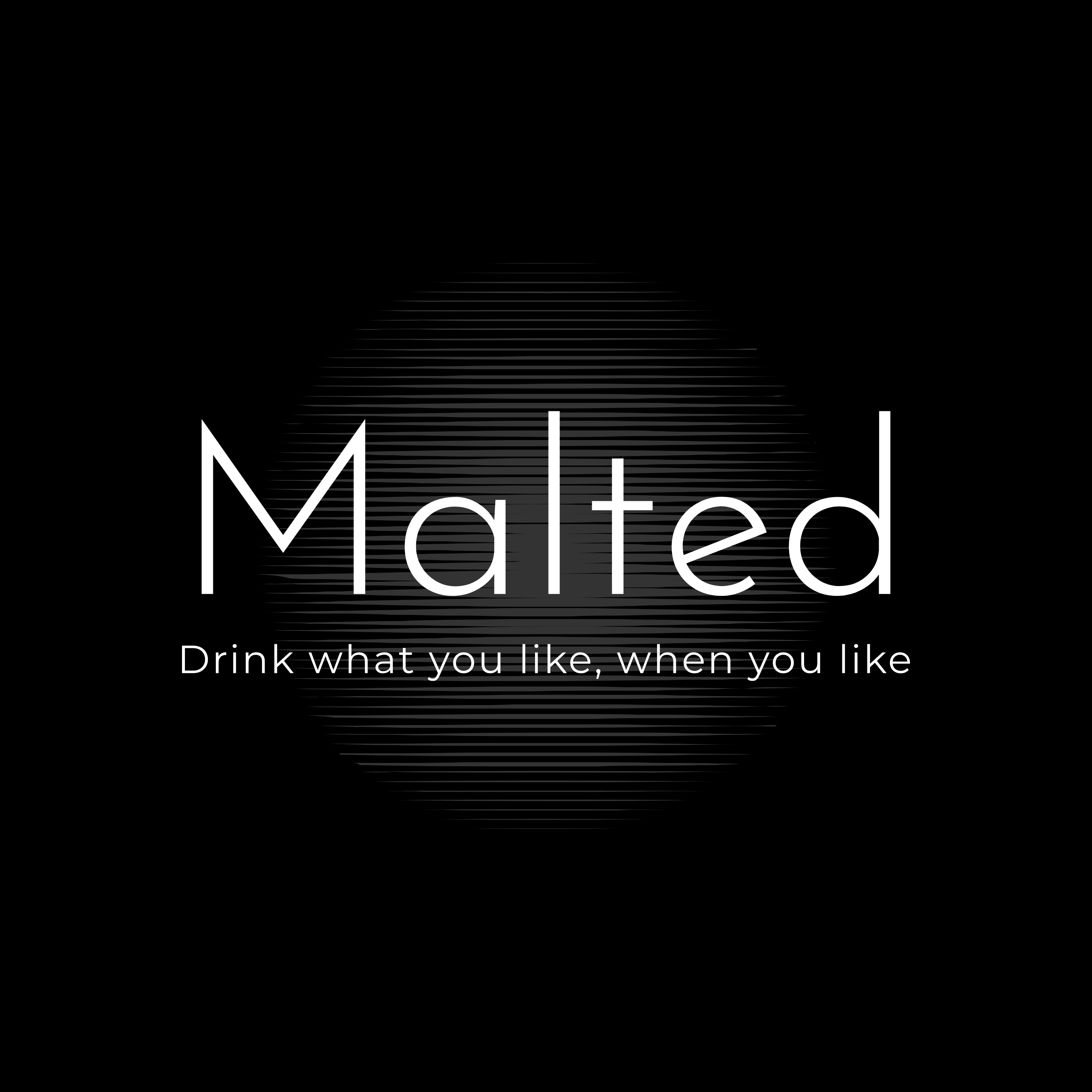
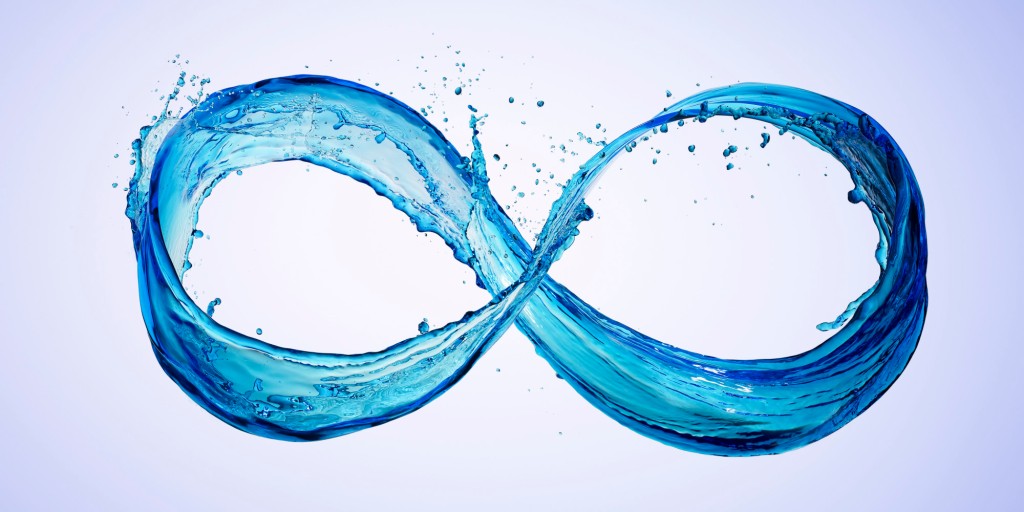
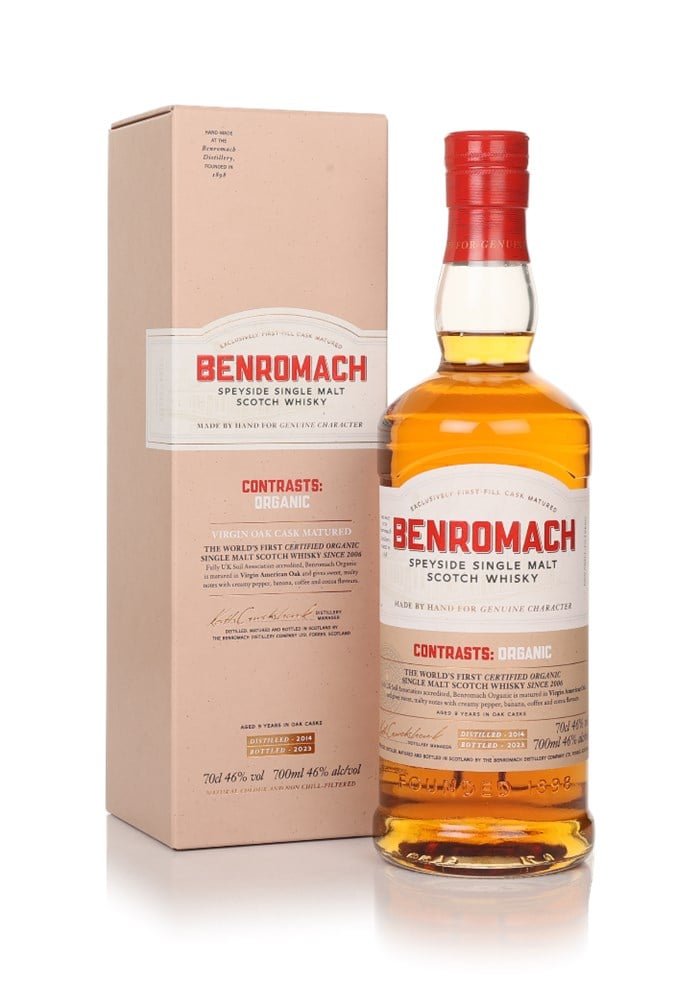
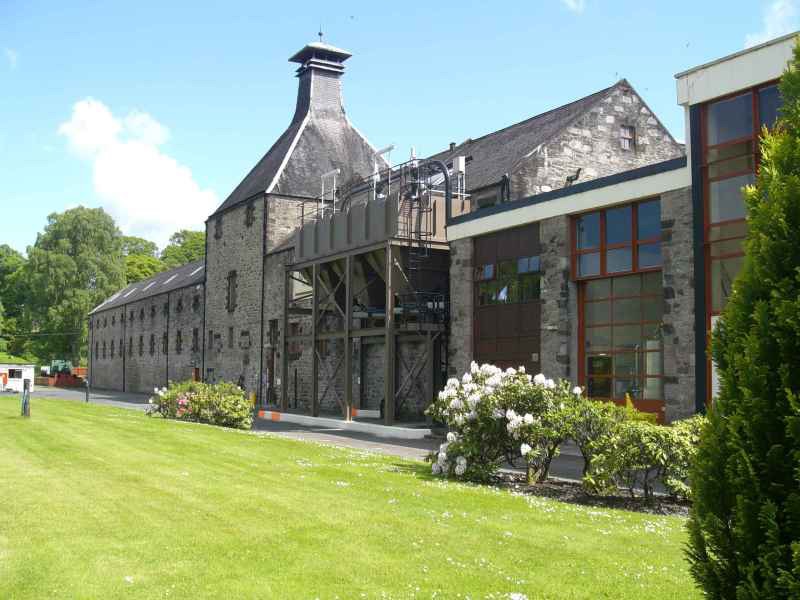
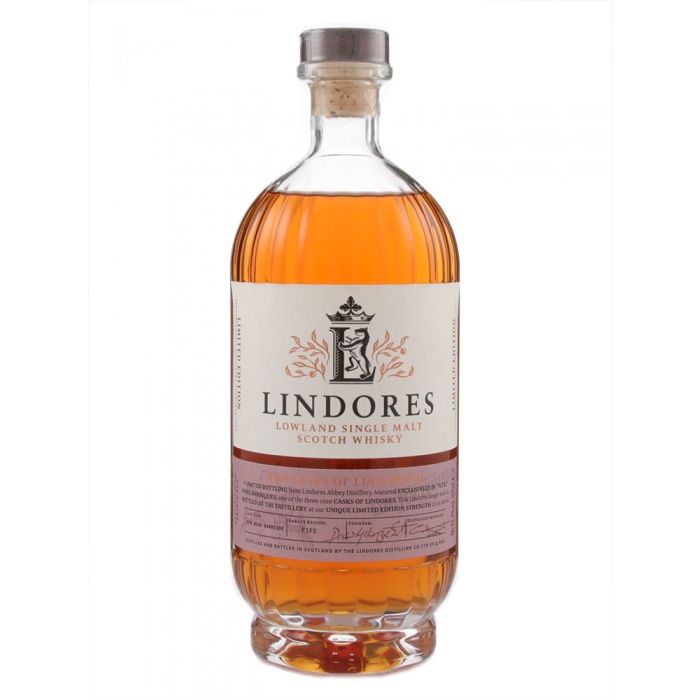
Leave a comment